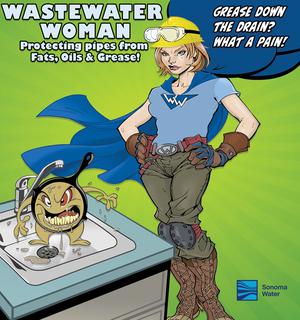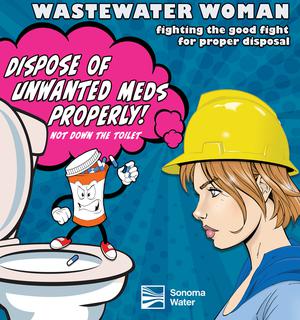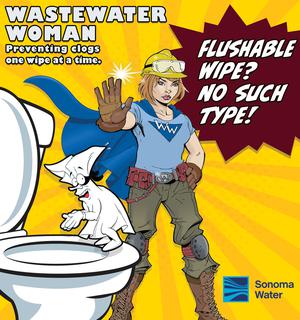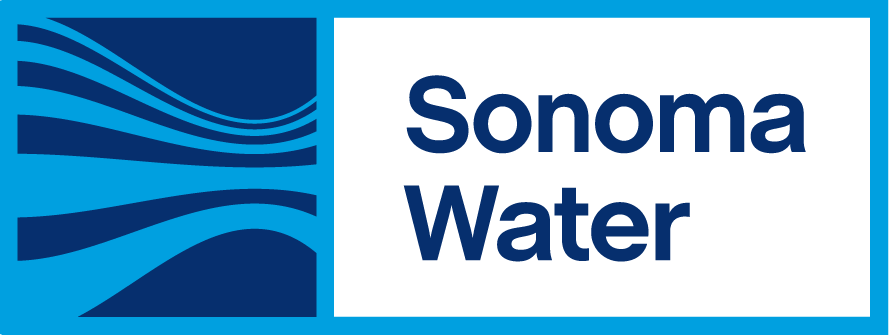Where does water go when it goes down the drain?
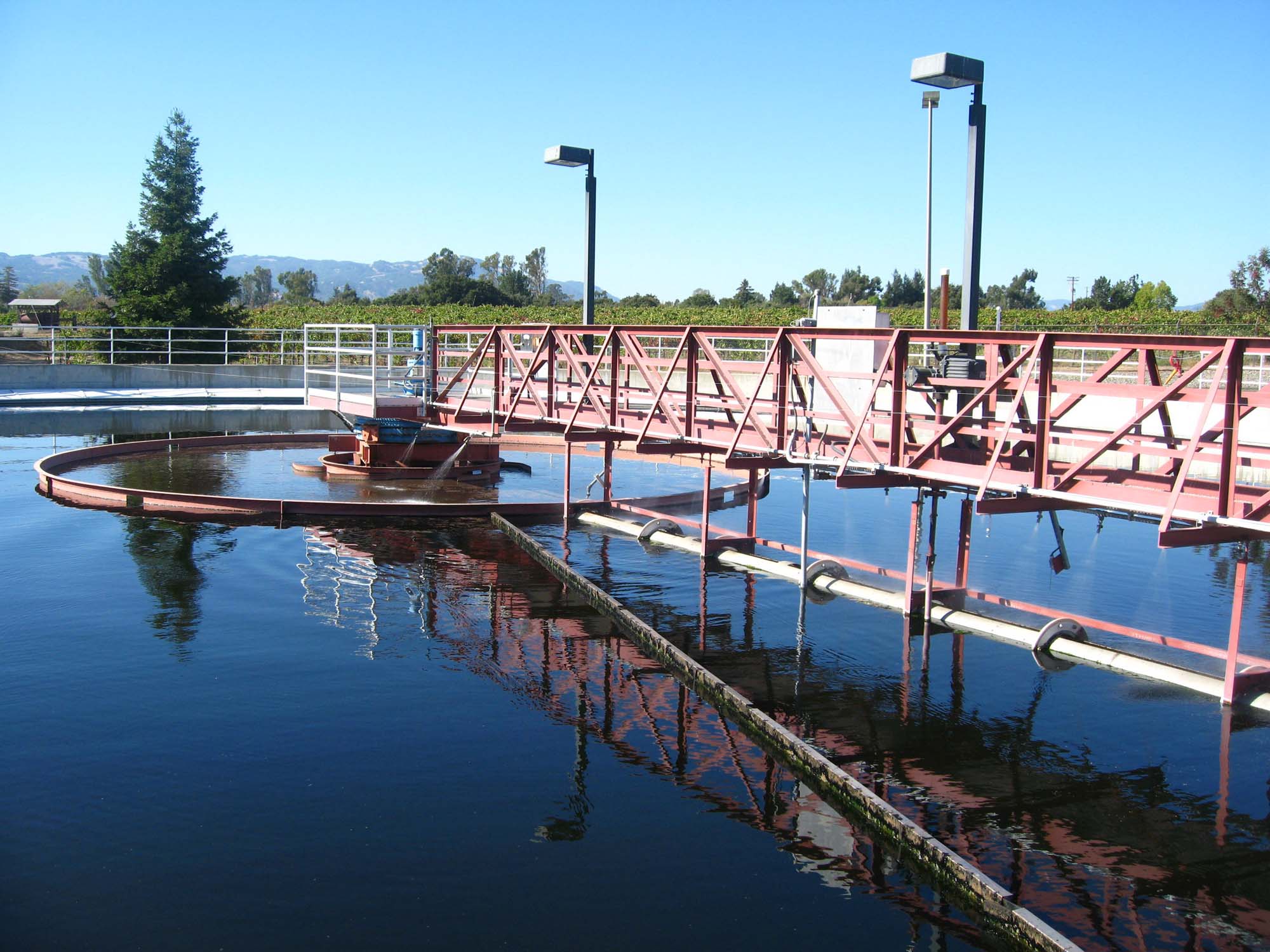
Water that has been used for activities like washing dishes, showering, and flushing the toilet is called wastewater. Wastewater often contains things like soap, shampoo, bits of food, toothpaste, human waste, and laundry detergent. Wastewater flows down the drain and into pipes that run underneath your home. These pipes connect to larger pipes that run underneath roads. The water arrives at a wastewater treatment plant where it will be cleaned.
There are many different ways a wastewater treatment plant can clean water. Here's one way...
- Headworks: Wastewater from the community enters the treatment plant at the headworks. Here, large solids are removed from the water.
- Grit Sedimentation Tank: Next, the water is pumped into a settling tank where solids like sand, coffee, eggshells, and gravel settle to the bottom. The solids are removed from the bottom and transferred to a machine that squeezes the excess water out. The solids are then sent to the landfill.
- Aeration Basins: The water is sent to aeration basins. Air bubbles are injected into the water to help microorganisms grow. Microorganisms clean the water by eating the waste.
- Secondary Clarifiers: The water is then pumped to clarifiers. The microorganisms settle at the bottom of the tank. They become a thin mud called sludge. The sludge is pumped out and put back into the aeration basins so the microorganisms can eat the waste.
- Tertiary Treatment Filters: The water is filtered through a tertiary filter to remove any remaining floating solids.
- Disinfection: After passing through the tertiary filters, the water flows into the chlorine chamber. The chlorine kills any remaining bacteria. The chlorine is then removed by adding sulfur dioxide.
The water is piped to the community to be reused. Locally, we reuse water to water golf courses, football fields, vineyards, crops, and even to help restore wetlands.
